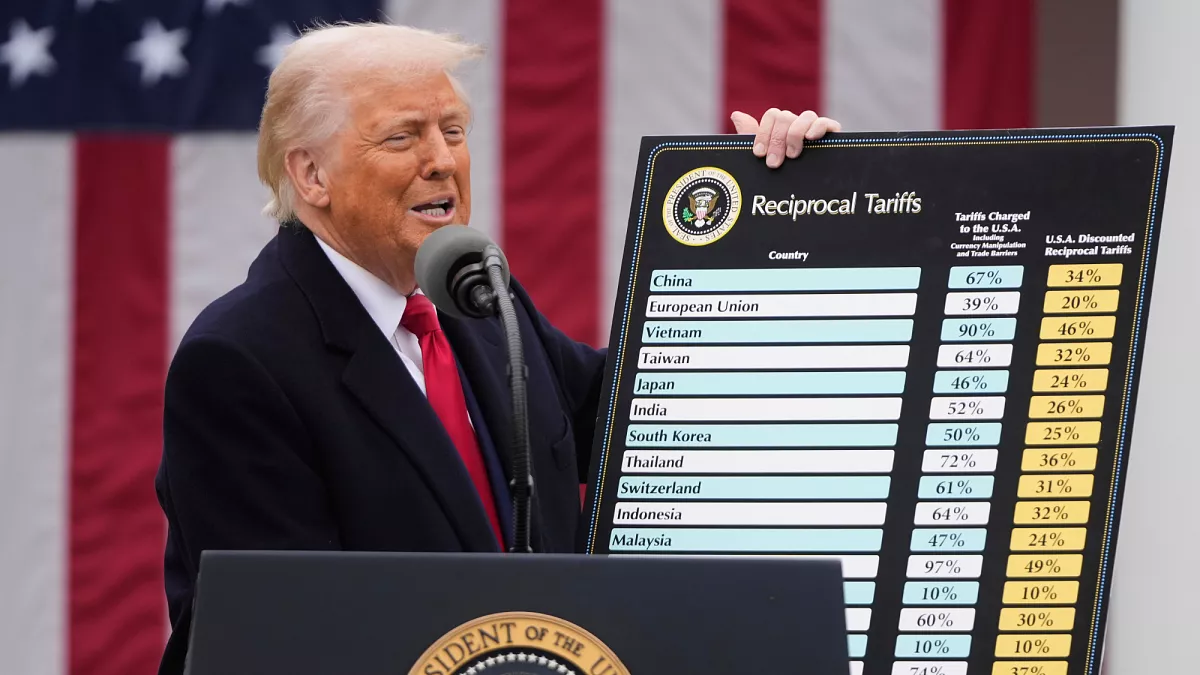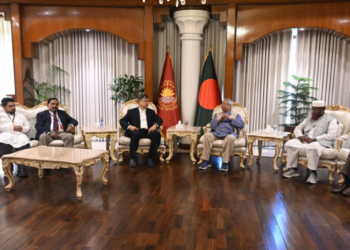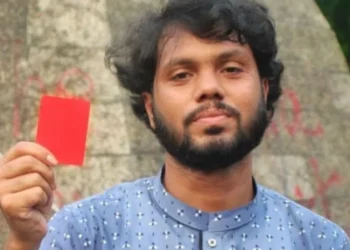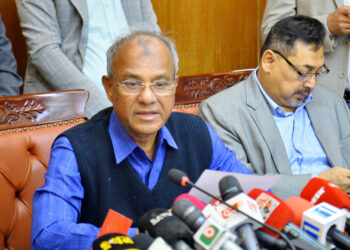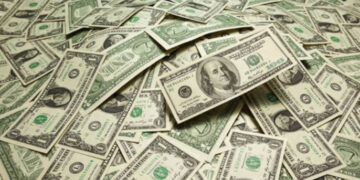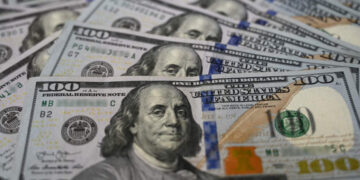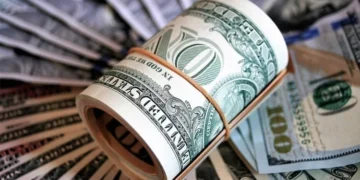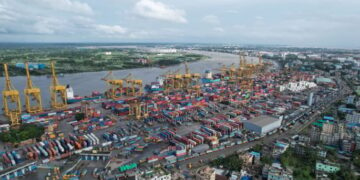Washington relaxed those Trump-era retaliatory tariffs for three months to ease pressure for Bangladesh.
The Bangladeshi products were to be subject to an enormous tariff increase—52%—at the hands of US President Trump’s newfound measures. Now for three months, however, those tariffs have been temporarily exempted by the US while its minimum tariff threshold of 10% has remained unaltered.
Trump also levied an additional 37 percent tariff on Bangladesh products, which would be superimposed upon an average tariff level of around 15 percent to round out at almost 52 percent. Others who were targeted for hikes were India (26%), Vietnam (46%), Indonesia (32%), Cambodia (49%), and Pakistan (29%). Previous separate tariffs for those countries were not available.
Read more: India Cancels Transshipment But Bangladesh Stands Strong
One of Bangladesh’s garment exporters, in discussion with an American importer, had estimated earlier that Bangladesh’s garment average tariff was 11.56%, which would increase to 48.56 under the new scheme. Cambodia would attract the greatest tariff in garments at 60.70%, followed by Vietnam at 57.5%, India at 38.47%, Indonesia at 43.45%, and Pakistan at 41.46%.
Bangladesh would have been better positioned against China, Vietnam, and Cambodia in terms of tariffs while in an unfavorable position against India, Indonesia, and Pakistan. Trump has imposed 34% tariff on China and merely increased it to 125%.
Before suspension, Mustafa Abid Khan, trade analyst, warned that while tarify was comparatively low, Bangladesh would suffer because customers would pass the increased price to manufacturers or buy substitutes at a lower cost, thereby reducing demand.
Read More: Small Islamic banks will be Merged into two Large Banks: Governor
Trump during his second term introduced tariff policy on April 2 at the White House. Apart from across-the-board minimum tariff of 10%, he imposed extra charges on 60 countries for trade imbalances. That created financial havoc in the whole world, plummeting stocks and driving recessionary fears.
Under escalating pressure, in addition to diplomatic efforts by countries like Bangladesh, Trump put tariff suspension. Professor Muhammad Yunus himself wrote to the US President, while Bangladesh’s Trade Advisor met with the US Trade Representative, mentioning that 190 items from Bangladesh already enjoy duty-free status and proposing 100 additional items be included in the list.
The US is Bangladesh’s largest export market, accounting for over 17% of overall export revenues—$7.6 billion in 2023-24. Garments accounted for almost 87% of export items. Over 2,300 Bangladeshi exporters send goods to the US, and nearly 1,000 of them rely principally or exclusively upon this market.
Following tariff notice, US purchasers began delaying or calling off orders and requesting discounts. Dress King and Sparrow Group confirmed they were experiencing growing pressure from buyers, although not all orders were called off. Sparrow Group confirmed holds on some orders and price negotiations.
The key players in the apparel export market globally are China, Vietnam, Bangladesh, Indonesia, and India. While some of the minor players such as Egypt and Honduras were excluded in tariff hikes, manufacturers in Bangladesh signaled short-term pain.
Industry leaders believe the hardship is temporary and would like to ride out this time in collaboration with the administration—particularly for smaller and medium-sized plants. They see greater prospects in the future due to Bangladesh’s stronger manufacturing foundation than low-tariff countries. The industry gives a temporary sigh of relief since tariffs have been temporarily suspended. Still, what happens in three months remains to be seen.
Share via:

